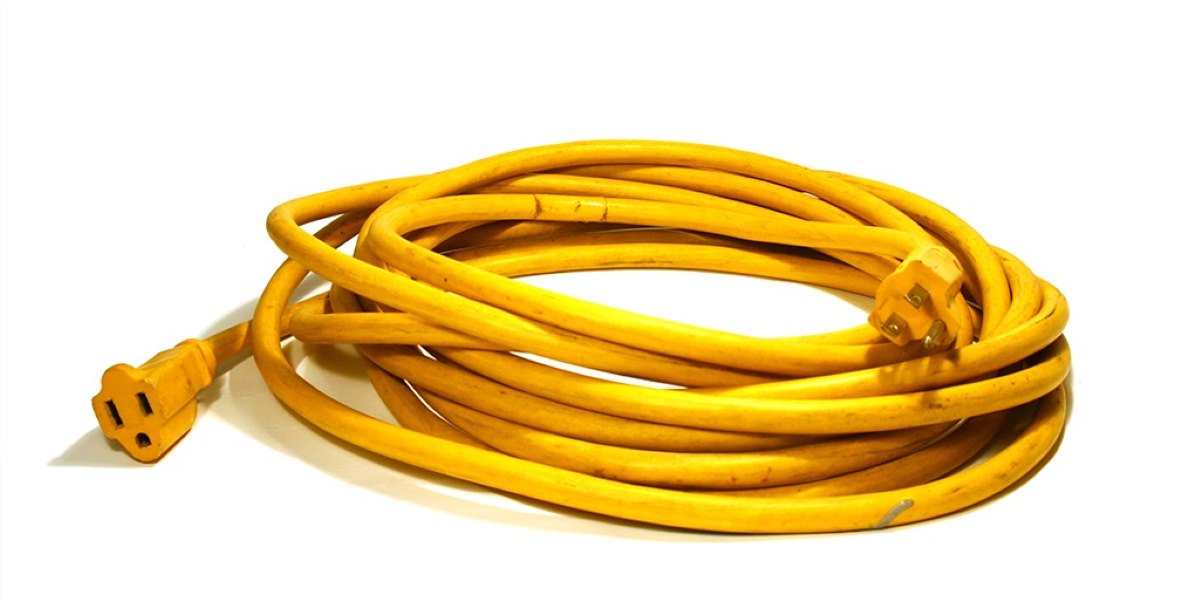

Articles
What Is The End Of An Electrical Cord Called
Modified: February 22, 2024
Learn about the different parts of an electrical cord. Discover the article that explains what the end of an electrical cord is called. Find more articles on our website.
(Many of the links in this article redirect to a specific reviewed product. Your purchase of these products through affiliate links helps to generate commission for Storables.com, at no extra cost. Learn more)
Introduction
An electrical cord is an essential component of almost every electrical device we use on a daily basis. Whether it’s a charger for our smartphones, a power cord for our laptops, or an extension cord for household appliances, electrical cords play a crucial role in providing power and connectivity. While we are familiar with using electrical cords, have you ever wondered what the different parts of an electrical cord are called? In this article, we will explore the anatomy of an electrical cord and specifically focus on the end of an electrical cord and its significance.
Electrical cords are designed to transmit electrical power from a power source to the device or appliance they are connected to. They are made up of various components that ensure the safe and efficient transmission of electricity. Understanding these components can help us use electrical cords properly and troubleshoot any issues that may arise.
So, let’s dive into the world of electrical cords and explore what the end of an electrical cord is called and why it is an important part of the overall structure.
Key Takeaways:
- Understanding the anatomy of an electrical cord, including the plug, cable, connector, and end, is crucial for safe and efficient power transmission in daily life.
- The end of an electrical cord, where the cable terminates and the plug is located, plays a critical role in ensuring safe and reliable electrical connections.
Definition of an Electrical Cord
An electrical cord, also known as a power cord or line cord, is a flexible cable that connects an electrical device or appliance to a power source. It serves as a medium through which electricity flows, powering the device and allowing it to function properly. Electrical cords are typically made up of copper or aluminum conductors surrounded by insulation and encased in a protective outer layer.
These cords come in various lengths and are designed to handle different levels of electrical current, depending on the device or appliance they are intended for. They are available in a range of voltages, including 120V for household appliances and 240V for heavy-duty equipment.
The main purpose of an electrical cord is to provide a safe and reliable connection between the electrical device and the power outlet. In addition to delivering electricity, the cord may also incorporate additional features such as grounding conductors or surge protection to ensure the safety of the user and the device.
Electrical cords are standardized to ensure compatibility and safety. In many countries, cords and their corresponding plugs are governed by specific standards and regulations, such as the International Electrotechnical Commission (IEC) standards, to ensure uniformity and minimize the risk of electrical accidents.
Now that we have a basic understanding of what an electrical cord is, let’s explore the different parts that make up an electrical cord and their functions.
Different Parts of an Electrical Cord
An electrical cord consists of several distinct parts, each serving a specific purpose in ensuring the safe and efficient transmission of electrical power. Let’s take a closer look at these different parts:
- The Plug: The plug is the part of the cord that connects to a power source, such as a wall outlet. It is typically made of durable plastic or metal and contains pins or prongs that fit into corresponding slots in the outlet, creating an electrical connection. The plug may also have grounding pins for devices that require grounding for safety.
- The Cable: The cable is the long, flexible portion of the electrical cord that carries the electrical current from the plug to the device or appliance. It consists of multiple conductors, usually made of copper or aluminum, that are insulated to prevent electrical shocks or short circuits. The size and number of conductors in the cable depend on the current capacity required by the device or appliance.
- The Connector: The connector is the part of the cord that attaches to the device or appliance. It can take various forms, such as a socket, a specialized plug, or a terminal block. The connector ensures a secure and stable connection between the cord and the device, allowing the electrical current to flow uninterrupted.
- The Protective Outer Layer: The protective outer layer, also known as the jacket or sheath, surrounds the cable and provides insulation and protection against physical damage, moisture, and wear and tear. It is usually made of durable materials, such as PVC (Polyvinyl Chloride), rubber, or thermoplastic elastomers, which offer flexibility and resistance to environmental factors.
These different parts work together to ensure the safe and efficient transmission of electricity from the power source to the device or appliance. They are designed to withstand the electrical current and environmental conditions while minimizing the risk of electrical hazards, such as electric shocks or short circuits.
Now, let’s focus on the end of an electrical cord and explore what it is called and its significance in the overall structure.
The Plug
The plug is an essential part of an electrical cord as it serves as the interface between the cord and the power source, such as a wall outlet or a power strip. Its primary function is to establish a secure electrical connection to transmit power from the source to the connected device or appliance.
Plugs come in various shapes, sizes, and designs, depending on the specific electrical standards and regulations of different regions. In most cases, the plug has two or three pins or prongs that fit into corresponding slots in the power outlet. These pins or prongs are made of conductive materials, typically brass or copper, ensuring a reliable electrical connection.
One crucial aspect of plugs is proper grounding. Grounding provides an additional safety measure by directing excess electrical current to the ground, preventing potential electric shocks or fires. Many plugs have a grounding pin, often in the form of a third prong, which connects to the grounding socket in the power outlet. This grounding pin helps to protect both the user and the connected device.
In addition to grounding, some plugs may also incorporate other features to enhance safety and functionality. For example, polarized plugs have one wider prong and one narrower prong to ensure proper alignment with the corresponding slots in the outlet, preventing the risk of reversed polarity. Another example is the inclusion of built-in surge protectors in some plugs, which help protect devices from voltage spikes and power surges.
It’s important to note that plugs may vary depending on the intended application and electrical standards. For example, plugs used for household appliances may differ from those used for industrial machinery or specialized equipment. Understanding the specific requirements and compatibility of plugs is crucial to ensure proper connectivity and safe operation.
In summary, the plug is the crucial component of an electrical cord that establishes the connection between the cord and the power source. It ensures the transmission of electrical power while incorporating features such as grounding and polarization to enhance safety. Proper knowledge and understanding of plugs are essential for ensuring the correct usage and compatibility with power outlets.
Now that we have explored the plug, let’s move on to the next part of the electrical cord – the cable.
The end of an electrical cord is called a plug. It is designed to connect to a power outlet, allowing the flow of electricity to power the device or appliance.
The Cable
The cable is a fundamental part of an electrical cord, serving as the conduit through which electrical current flows from the plug to the device or appliance. It consists of multiple conductors, typically made of copper or aluminum, that are insulated to prevent electrical shocks and short circuits.
The number and size of conductors in a cable may vary depending on the specific requirements of the electrical device or appliance. For instance, a simple power cord for a lamp may only have two conductors, while a cord for a computer might have three or more conductors to accommodate power, data, and grounding connections.
The insulation surrounding the conductors is crucial for safety and protection. It prevents the conductors from coming into contact with each other or with external objects, which could cause electrical malfunctions or pose a risk to users. Common insulation materials include PVC (Polyvinyl Chloride), rubber, or thermoplastic materials, each offering different levels of flexibility, durability, and resistance to environmental factors.
One important consideration when it comes to cables is their current carrying capacity. Different devices or appliances may require varying levels of electrical current to function properly. The size or gauge of the conductors within the cable determines their ability to handle the current flow. Thicker conductors typically have a higher current carrying capacity, allowing them to safely transmit higher levels of electricity. Adhering to the appropriate cable gauge ensures efficient power transmission and mitigates the risk of overheating or electrical hazards.
Furthermore, some cables may have additional features to enhance their functionality. For example, shielded cables incorporate an extra layer of shielding, usually made of conductive materials or foil, to minimize interference from external electromagnetic signals. This is particularly beneficial for cables used in audio, video, or data transmission, where signal quality is crucial.
Overall, the cable is an essential part of an electrical cord, providing the path for electrical current flow. Its design and construction ensure the safe and efficient transmission of power to the connected device or appliance. Understanding the appropriate cable size, insulation, and additional features is crucial for selecting the right cord for specific applications and promoting safety in electrical setups.
Next, let’s explore the connector, another important component of an electrical cord.
The Connector
The connector is a crucial component of an electrical cord that facilitates the secure and reliable connection between the cord and the device or appliance it is intended to power. It is designed to ensure a stable electrical connection, allowing the continuous flow of electricity without any interruptions or loose connections.
Connectors can take various forms and designs depending on the specific application and electrical standards. They may be in the form of a socket, a specialized plug, or a terminal block, among others. The choice of connector depends on the type of device or appliance it needs to connect with and the specific requirements of the electrical system.
One common type of connector is the socket, which is typically found on the device or appliance itself. The socket provides a receptacle for the plug to connect securely. Different types of sockets may have varying pin configurations and sizes to ensure compatibility with specific plugs. Examples include the standard North American NEMA 5-15 socket used for household appliances and the IEC C13 socket commonly used for computer equipment.
Alternatively, connectors can be in the form of specialized plugs specific to certain devices or applications. These plugs may incorporate unique features or configurations to ensure compatibility and safety. For instance, audio and video cables often use connectors such as RCA, HDMI, or XLR plugs to transmit signals effectively without interference.
Terminal blocks are another type of connector that allow multiple wires to be connected securely. They are commonly used in industrial applications or electrical panels where multiple connections need to be made. Terminal blocks provide a convenient and organized way to connect and disconnect wires without compromising the integrity of the electrical connections.
Connectors are designed to be robust and durable to withstand repeated use and external factors. They may incorporate locking mechanisms, such as screws or latches, to ensure a secure connection and prevent accidental disconnections. Additionally, some connectors may have built-in features like strain relief to prevent excessive tension on the cord and minimize the risk of wire damage.
Understanding the specific connector requirements for a device or appliance is crucial to ensure compatibility and safety. Using the correct connector and ensuring proper connection techniques can prevent electrical hazards, such as loose connections or short circuits, and ensure the efficient transmission of electricity.
Now that we have explored the connector, let’s move on to the final part of an electrical cord – the end of the cord.
The End of an Electrical Cord
The end of an electrical cord refers to the final portion of the cord, where the plug and cable terminate. It is the point where the various components of the cord come together to provide the interface between the cord and the device or power outlet.
At the end of the cord, the cable wires are typically exposed and separated according to their respective functions, such as live, neutral, and ground wires. These wires are usually color-coded for identification, with black or brown indicating the live wire, blue indicating the neutral wire, and green or green/yellow indicating the ground wire. The proper arrangement and connection of these wires are crucial for the safe and effective operation of the electrical device or appliance.
The end of the electrical cord also houses the plug, which serves as the connection point to the power source or device. The plug consists of pins, prongs, or blades that are designed to fit into corresponding slots or terminals in a power outlet or receptacle. The configuration of the plug depends on the electrical standards and requirements of the region.
When connecting an electrical cord, it is important to ensure the correct alignment and secure insertion of the plug into the appropriate outlet. A proper connection should fit snugly and securely without any loose or wobbly connections. This ensures a reliable electrical connection, preventing the risk of electrical arcing, sparks, or accidental disconnection.
The end of the cord may also include features such as strain relief mechanisms to prevent excessive tension on the cable and reduce the risk of wire damage. These features help to prolong the lifespan of the cord by protecting it from undue stress and strain that can be caused by frequent movements or accidental pulling.
In summary, the end of an electrical cord represents the final section where the cable terminates and the plug is located. It is a critical part of the overall cord structure that provides the interface for connecting with a power source or device. Understanding the proper arrangement, connection techniques, and features present at the end of the cord is essential for ensuring safe and efficient electrical connections.
To conclude, we have explored the various components of an electrical cord, including the plug, cable, connector, and the end of the cord. Each part plays a crucial role in enabling the transmission of electrical power and ensuring the safe and reliable operation of electrical devices and appliances. By understanding the anatomy of an electrical cord, we can make informed decisions when selecting cords, properly connect them, and be more aware of potential issues or hazards that may arise.
Conclusion
Electrical cords are an integral part of our daily lives, enabling the operation of numerous devices and appliances. Throughout this article, we have explored the various components that make up an electrical cord – from the plug and cable to the connector and the end of the cord. Each component serves a specific purpose in ensuring the safe and efficient transmission of electrical power.
The plug acts as the interface between the cord and the power source, establishing a secure connection and often incorporating grounding and polarization features. The cable carries the electrical current from the plug to the device or appliance, with its conductors protected by insulation and supported by various features such as shielding or strain relief. The connector facilitates a reliable connection between the cord and the device, ensuring stable electrical flow and compatibility. Finally, the end of the cord serves as the termination point, housing the plug and providing the interface for power or device connections.
Understanding the different parts of an electrical cord is crucial for proper usage, safety, and troubleshooting. By familiarizing ourselves with the anatomy of electrical cords, we can make informed decisions when selecting cords for specific applications, ensure proper connections, and minimize the risk of electrical hazards or malfunctions.
It is essential to follow the relevant electrical standards and regulations in your region when dealing with electrical cords, including the selection of cords with the appropriate gauge, insulation, and connectors. Regular inspections and maintenance of electrical cords are also necessary to identify any signs of wear or damage that may compromise safety.
In conclusion, electrical cords are essential tools that provide the power and connectivity needed to operate a wide range of electrical devices and appliances. By understanding the various components of an electrical cord and their functions, we can use cords safely, troubleshoot any issues, and ensure the efficient and reliable transmission of electrical power in our daily lives.
Frequently Asked Questions about What Is The End Of An Electrical Cord Called
Was this page helpful?
At Storables.com, we guarantee accurate and reliable information. Our content, validated by Expert Board Contributors, is crafted following stringent Editorial Policies. We're committed to providing you with well-researched, expert-backed insights for all your informational needs.
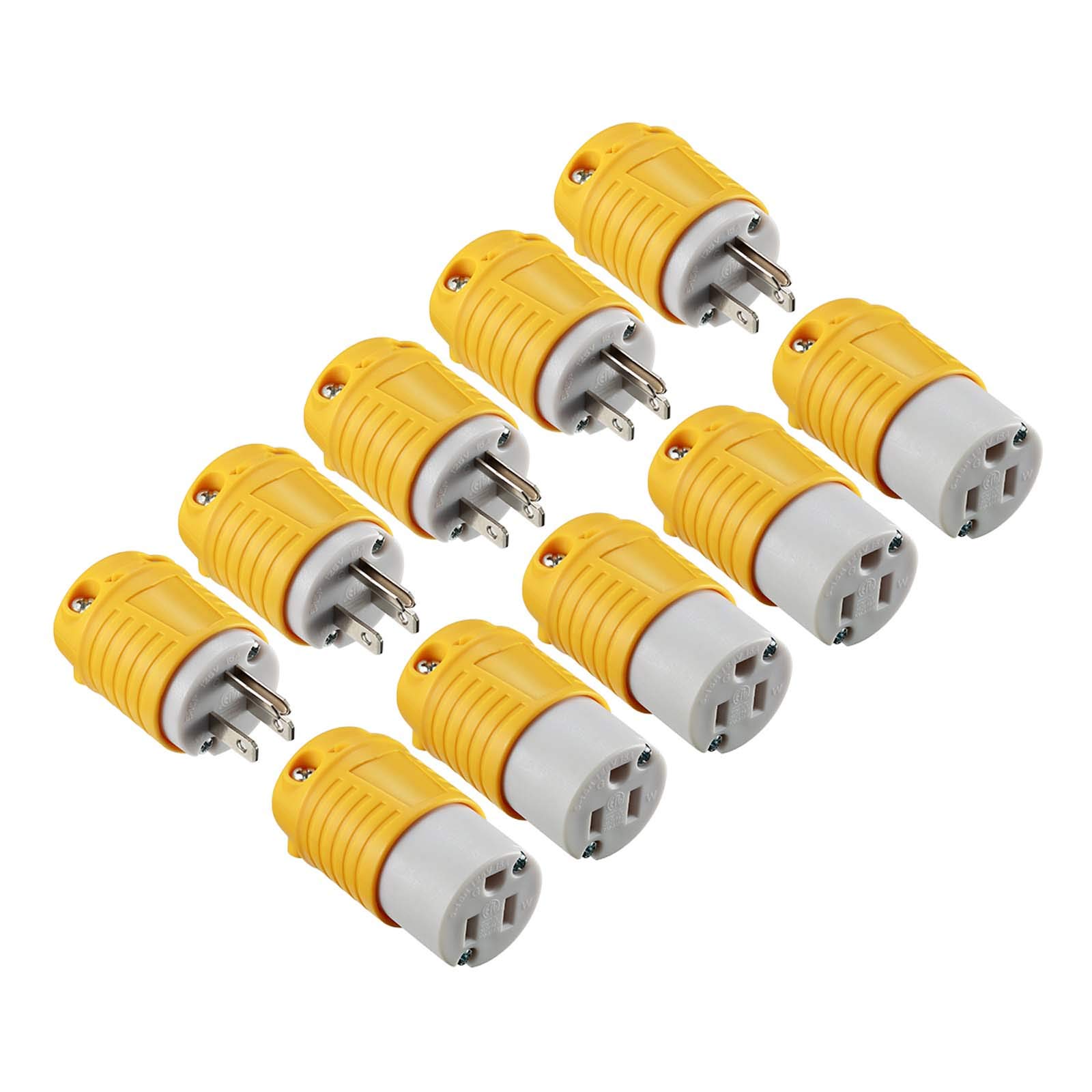
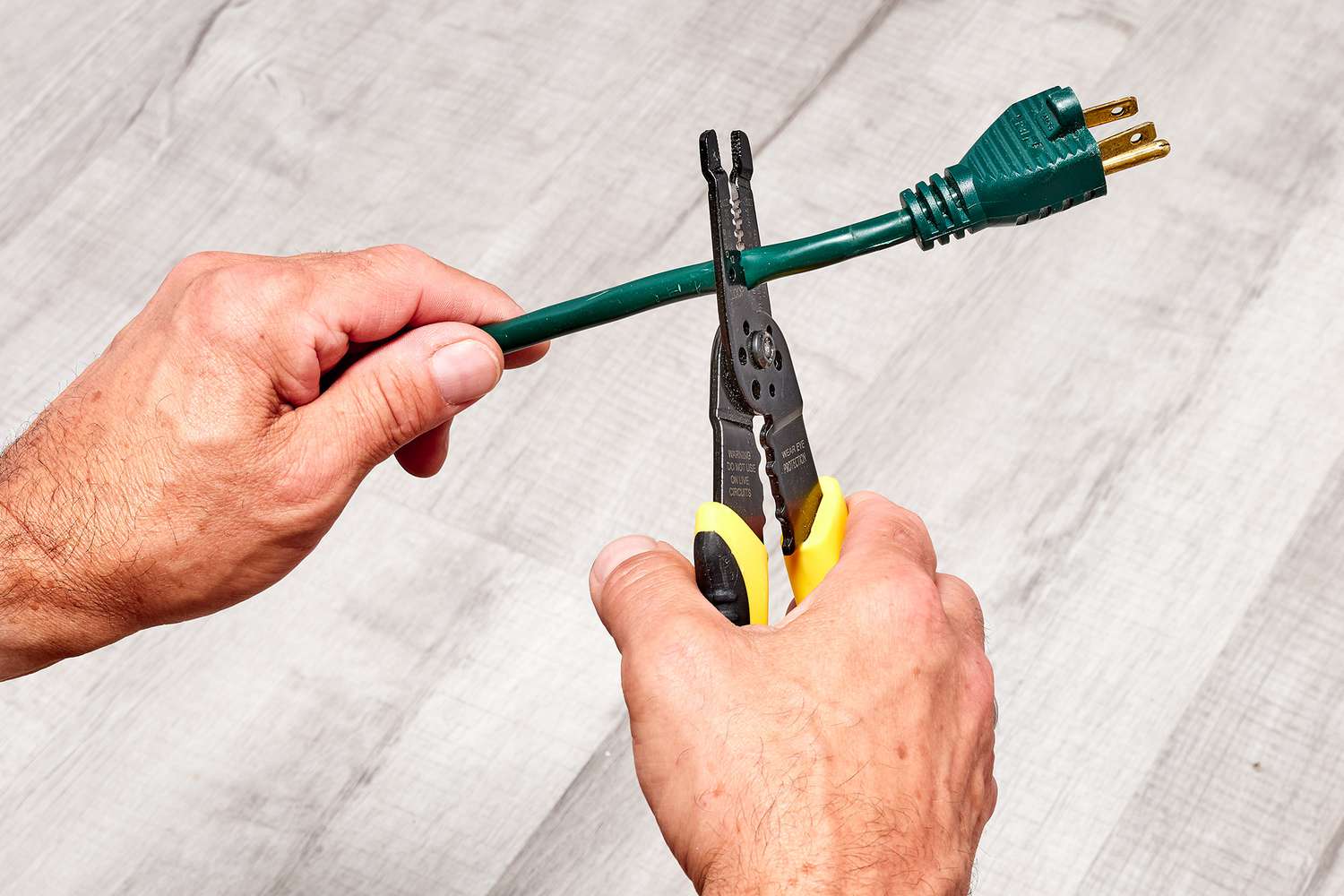
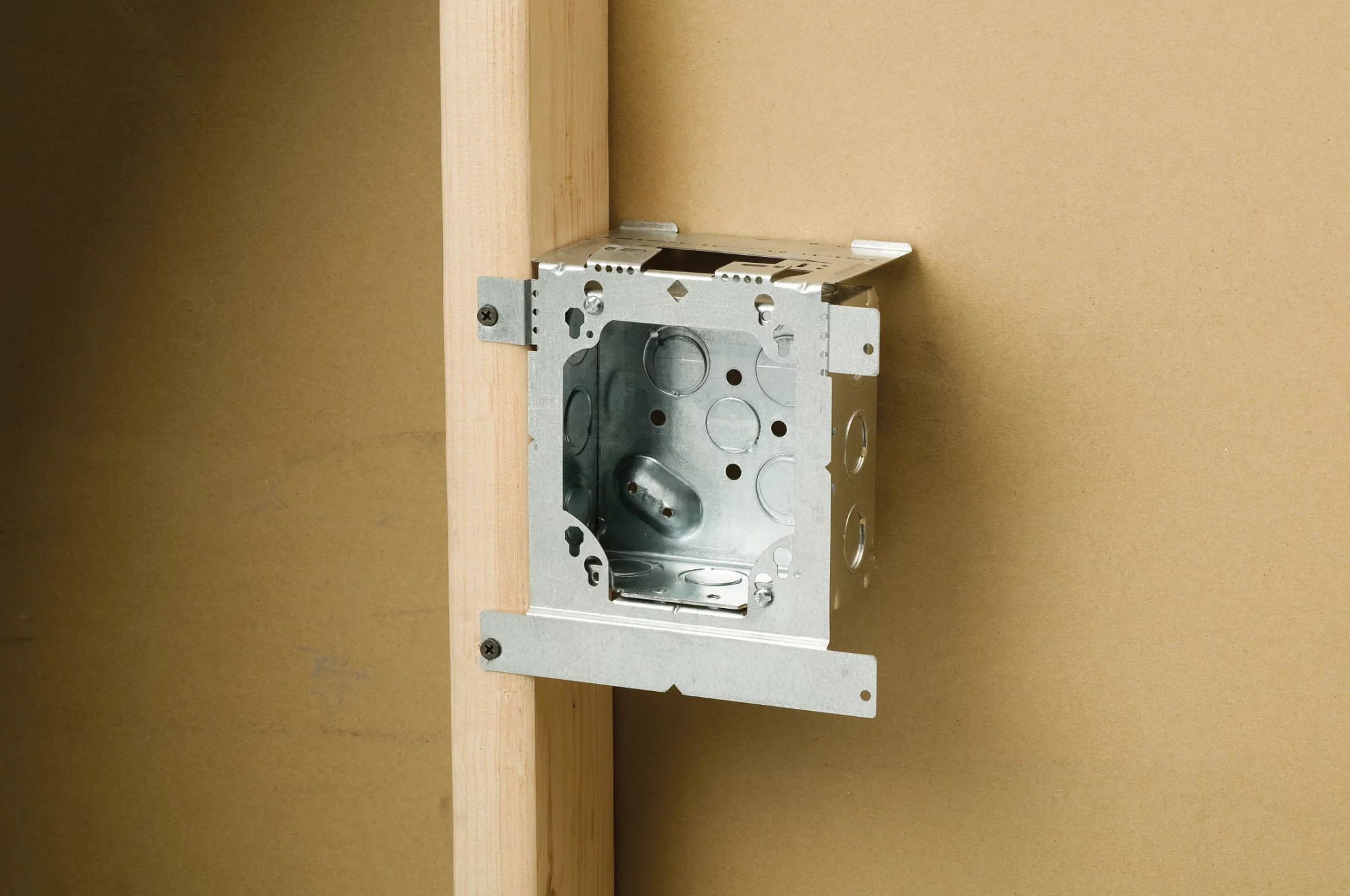
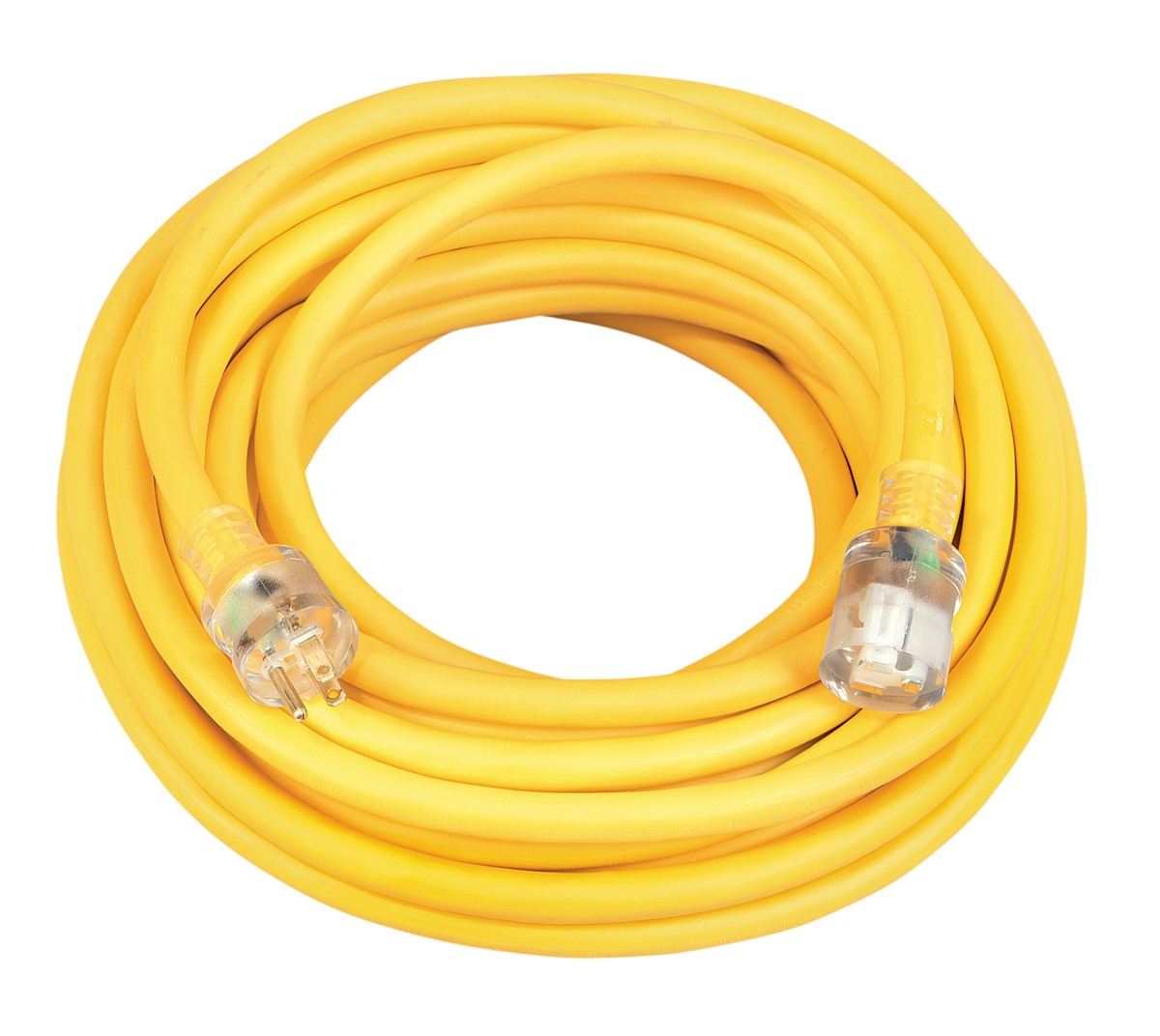
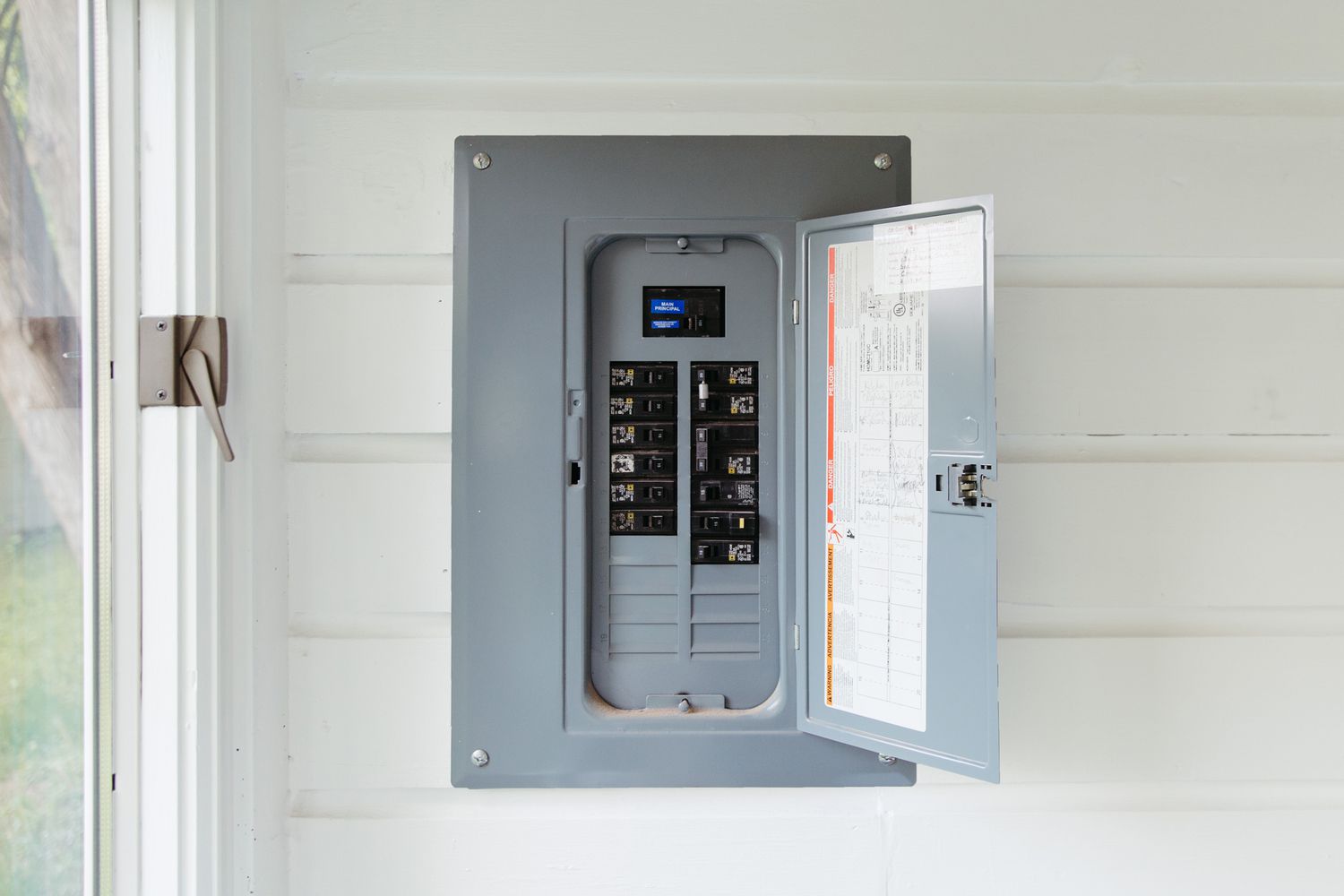
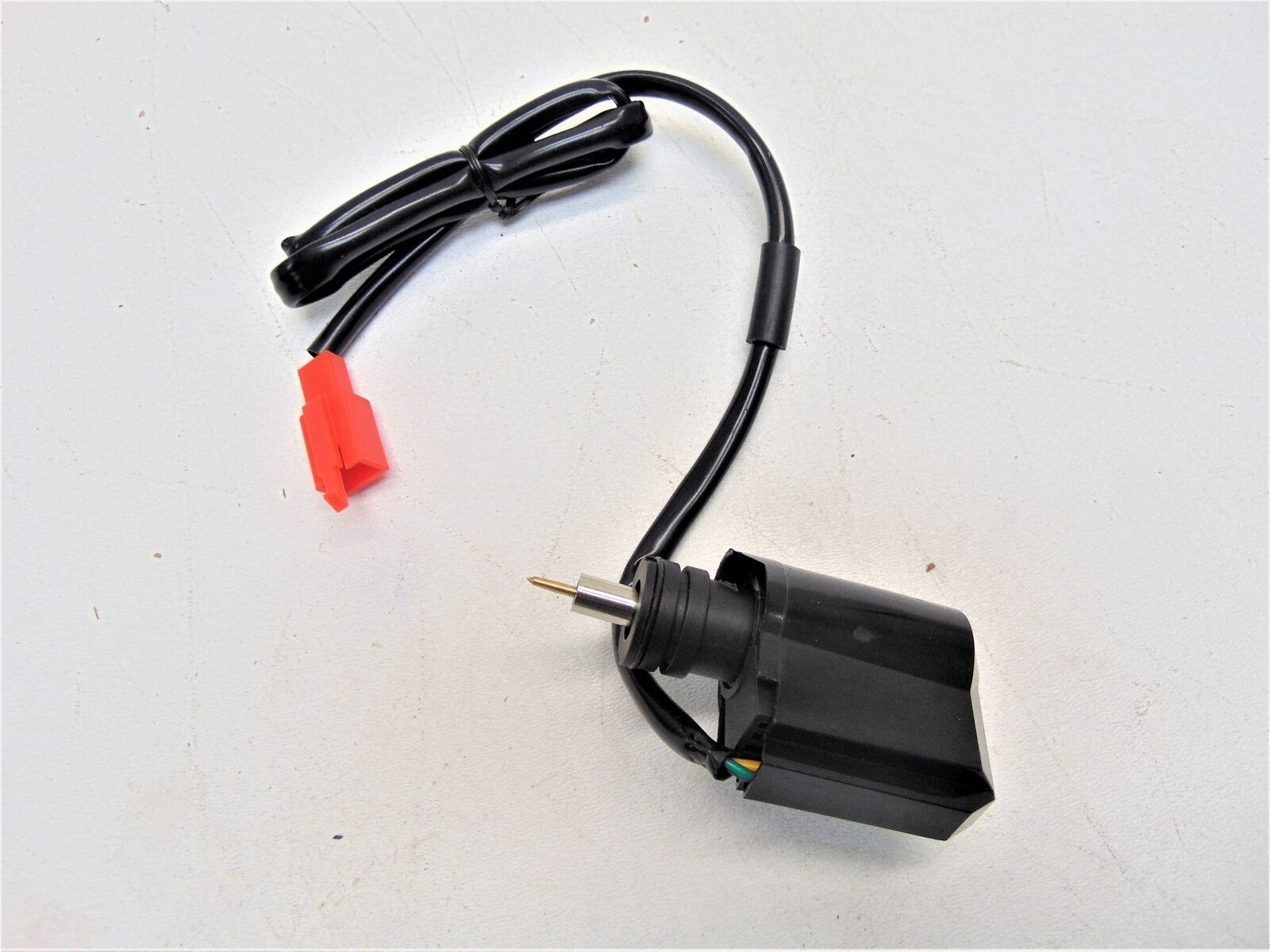
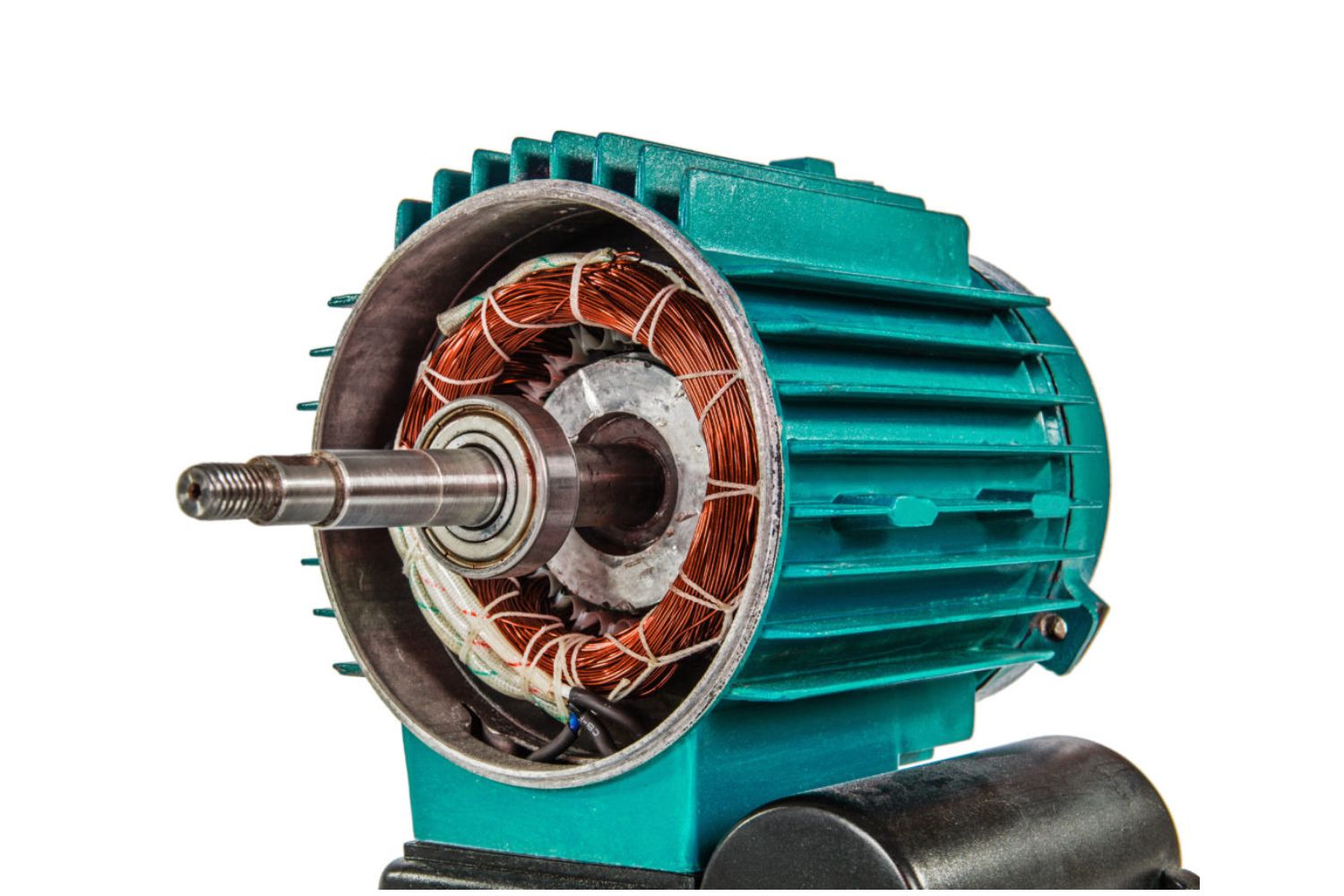
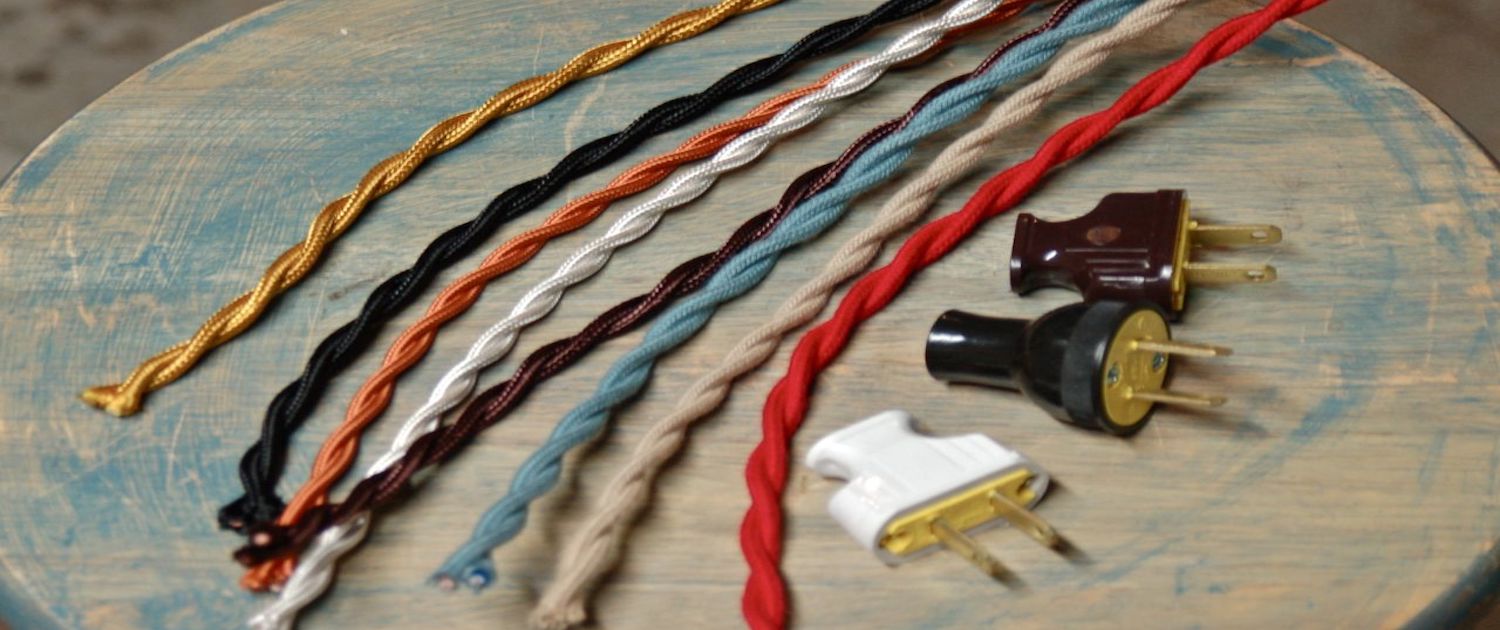
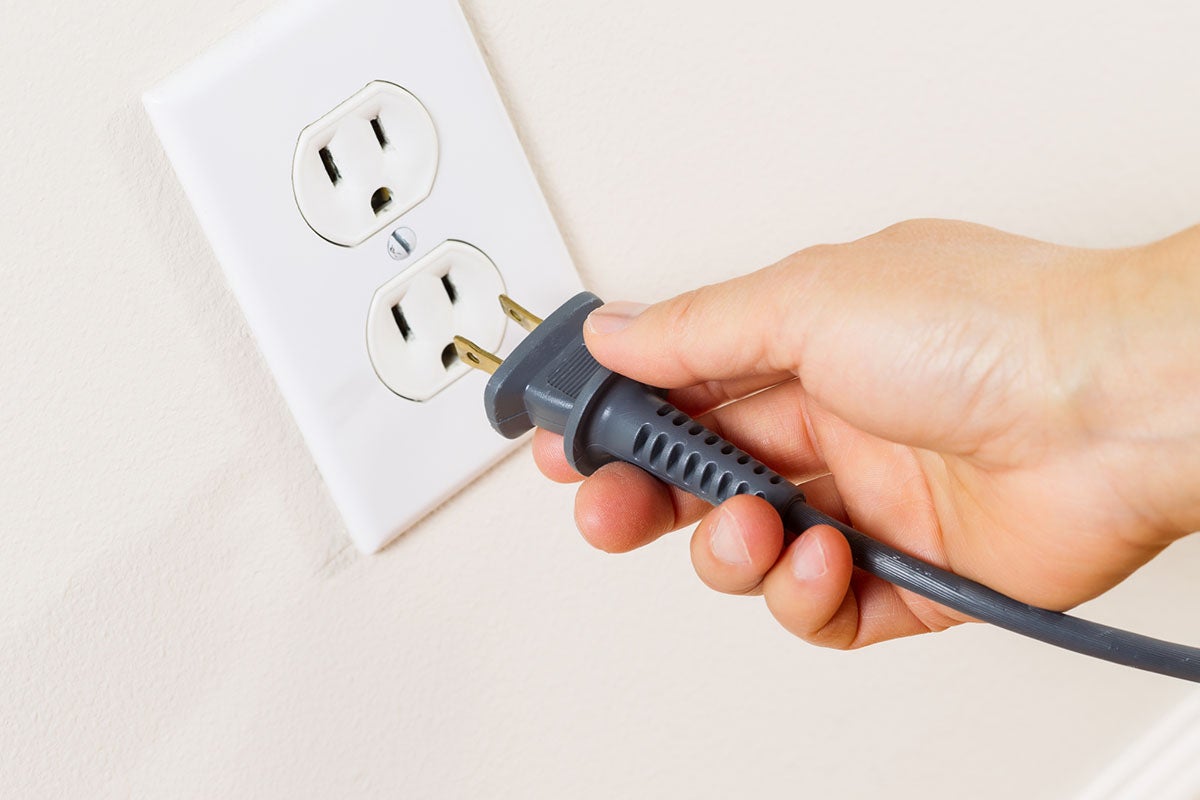
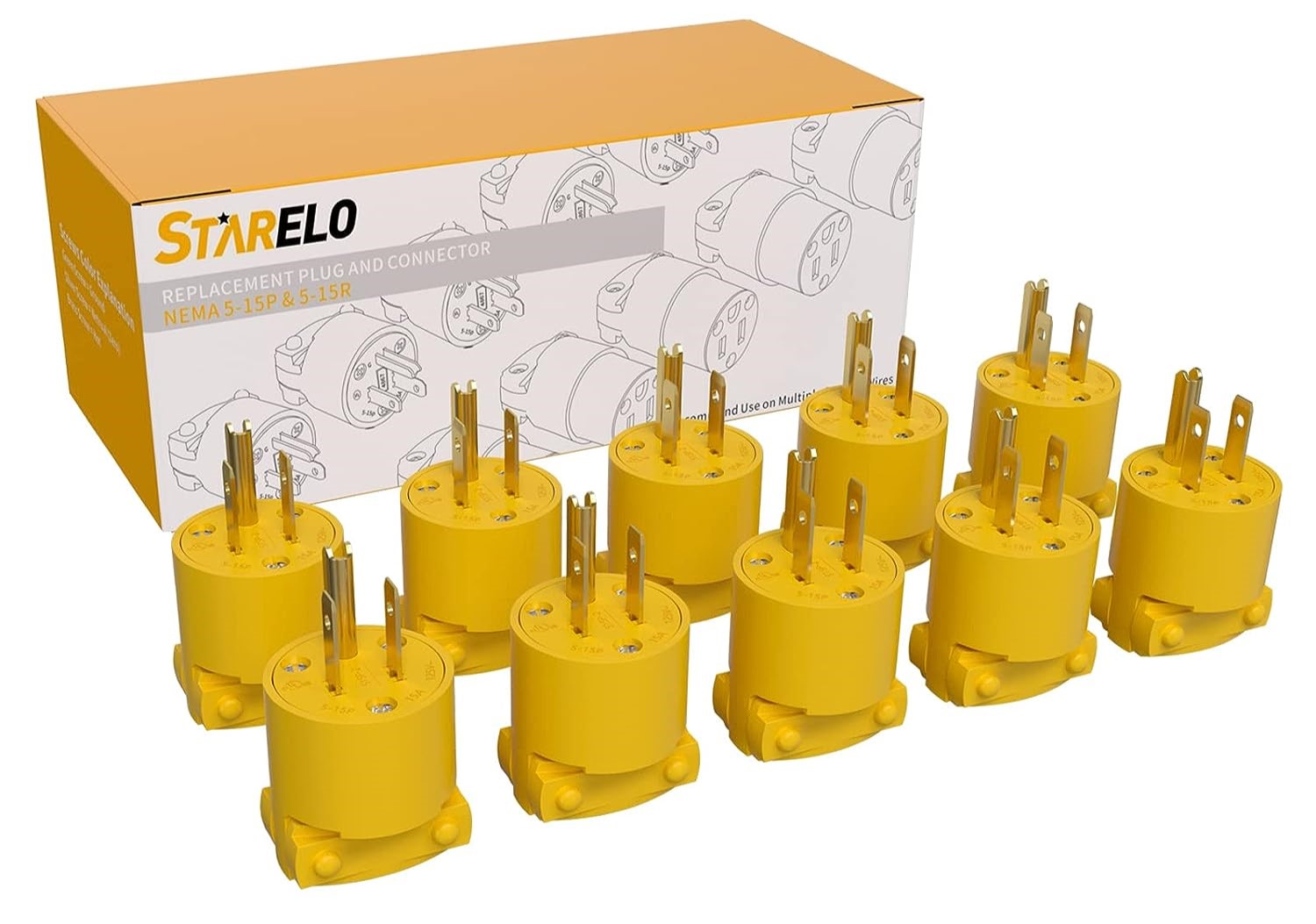
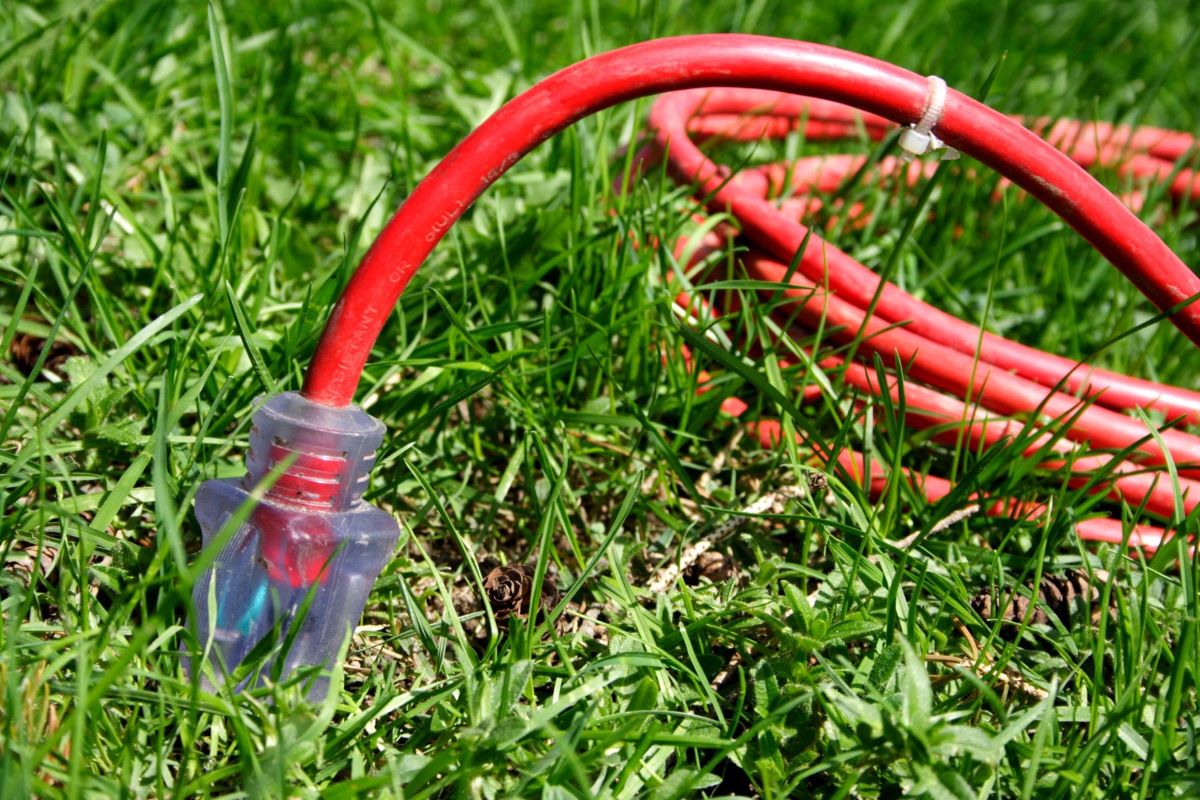
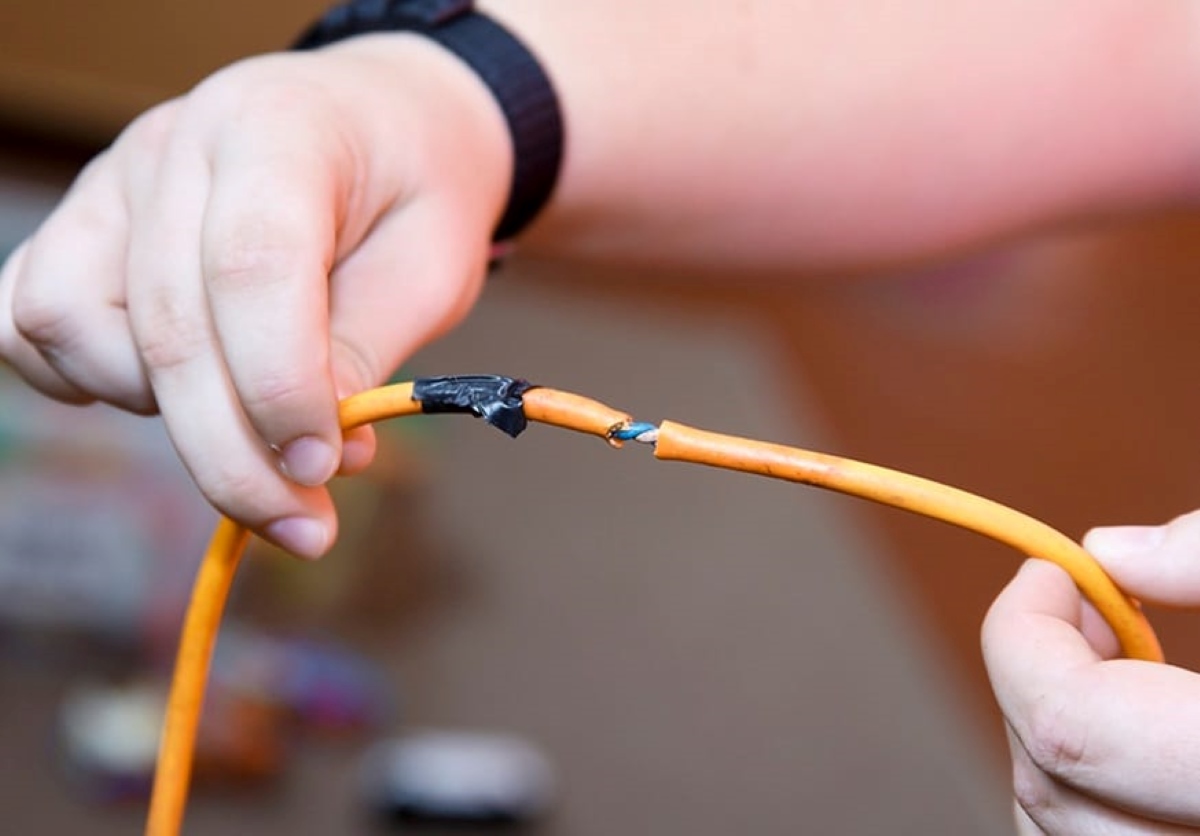
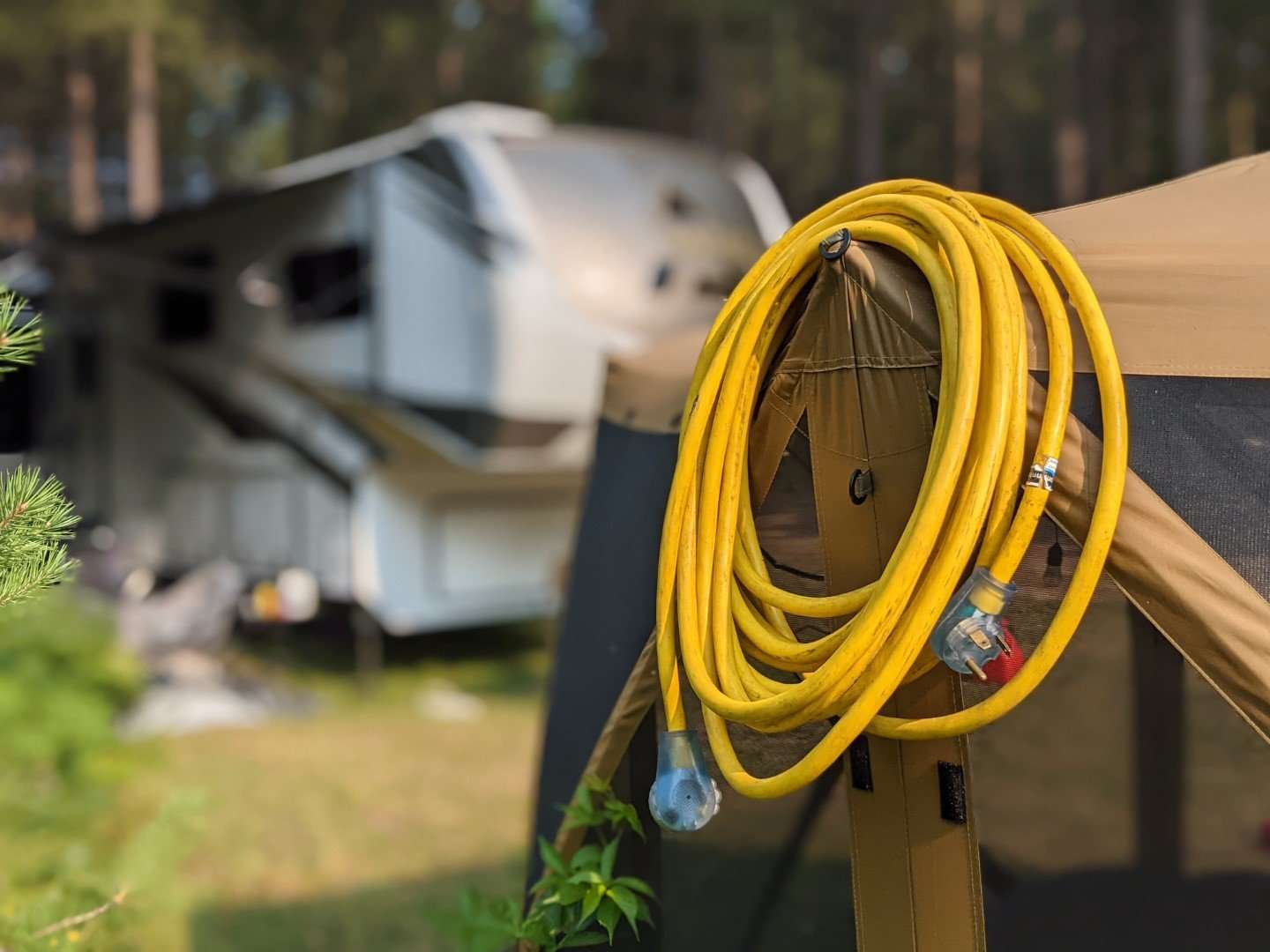


0 thoughts on “What Is The End Of An Electrical Cord Called”